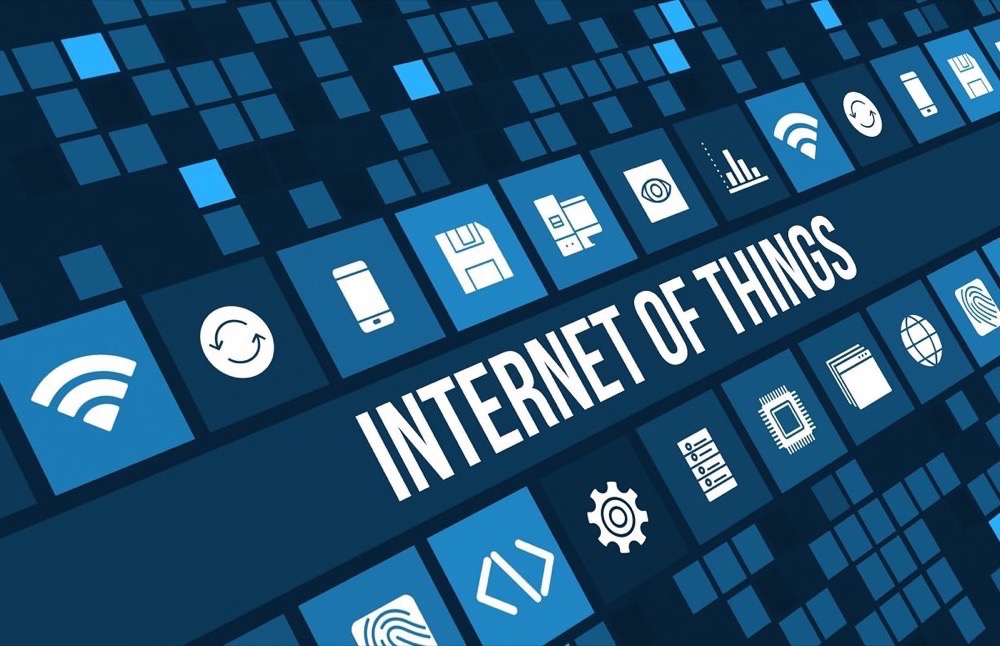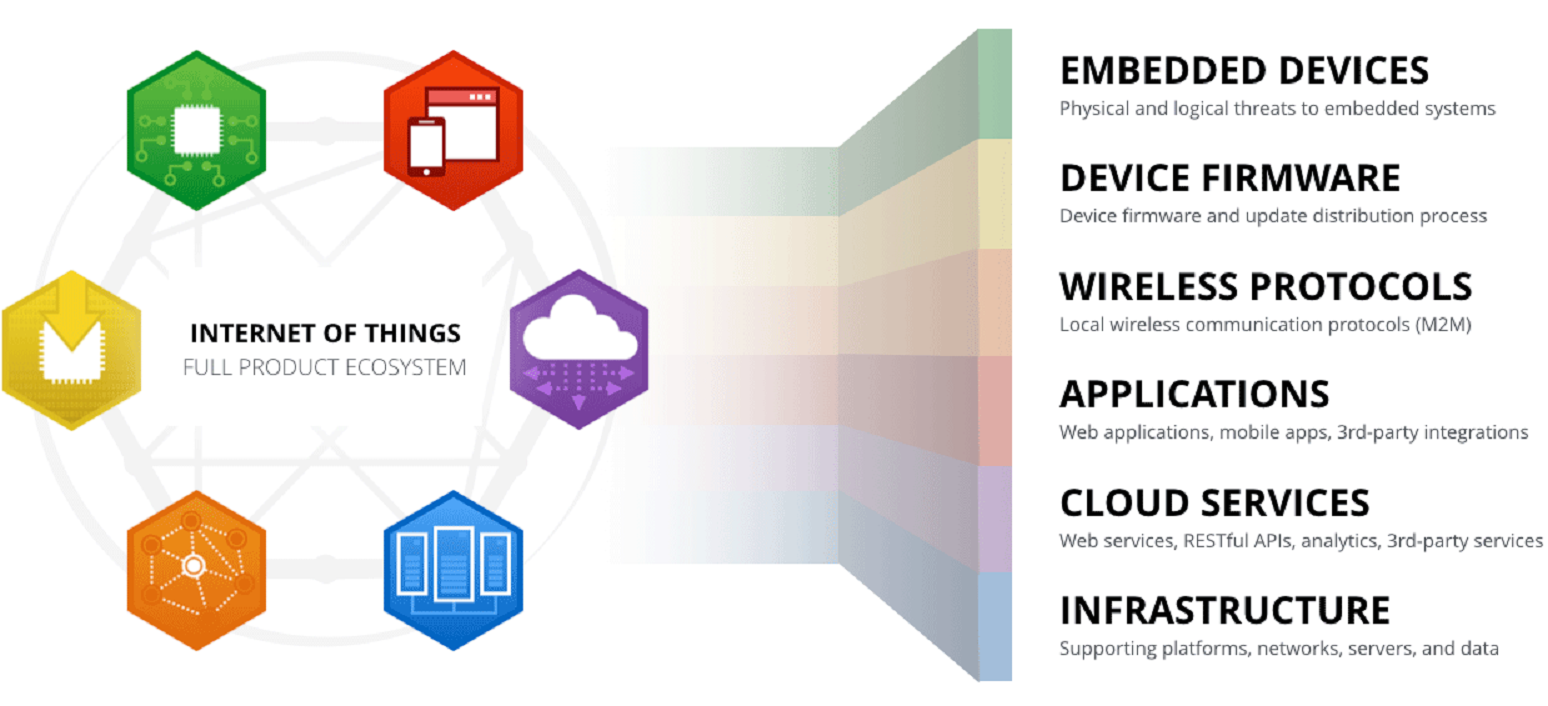IoT and M2M
IoT communications is the networking of intelligent physical objects with information systems. In most situations IoT devices gather and exchange information automatically without human interaction. Typically, IoT solutions involve three main parts: sensing or data-capture, wireless data transport and information management system. Examples include smart (utility) meters communicating with the backend IT infrastructure at the utility company; vending machines communicating with other assets or systems; or connected cars communicating with fixed infrastructure along the highway.
IoT connected objects can be mobile or fixed, e.g., trucks, trains, home appliances, medical devices, displays and cameras. Typical IoT solution includes intelligent sensors and microprocessors embedded in the asset/device, and a wireless communications module that transmits and receives data to and from information management systems. The collected data is then processed and analyzed. The business potential is big as the collected information is useful for improving business processes (e.g., reporting a machine status or breakdown, readings of liquid level in containers, or temperature readings of sensitive materials during shipment) resulting in competitive advantage.
Several wireless technologies (LTE, WiFi, BLE, ZigBee, RFID) can be used to capture and transport the data depending on the specific application.

Our experience has shown that usually more than one wireless technology is used in a given application or solution with different wireless technology for data-capture and data-transport (e.g., ZigBee and LTE, RFID and WiFi).
RFID has a great potential to further expand IoT solutions by providing means to connect between machines and physical objects with RFID tag on them. For example, in specimen tracking application in a hospital, RFID tags are affixed to specimen vials that can be tracked using RFID readers with WiFi and RTLS capability. RFID complements 1-D and 2-D barcodes in data-capture applications and provides great design flexibility depending on the specific application (using passive, semi-passive and active tags).
Consider an example of a smart city where all major information systems (residential, medical, business, governmental and the like) share data, and tiny computers (e.g., RFID, smart cards and sensor-based devices) are built into the houses, streets, bridges and office buildings. Imagine public recycling bins that use radio-frequency identification technology to credit recyclers every time they toss in a bottle; pressure-sensitive floors in the homes of older people that can detect the impact of a fall and immediately contact help; cell-phones that store health records and can be used to pay for prescriptions.
We have the knowledge and expertise to architect, design and integrate IoT technologies and broadband access networks (e.g., WiFi, LTE) from the ground up resulting in superior solutions. Our objective is to bring together the best solution that would be relevant to the business problem being addressed

Challenges in Testing
As Iot deployment gains traction and mutliple players get onto the game, some of the challenges that we will face include testing the end-to-end service as well as the various elements of the system for security weakness.
The very fact that a IoT solution is meant to transform a business implies that a certain degree of rigor must be exercised when testing. However, given the complexity, variants of environments, networks, applications and end user goals we face multiple challenges including
It is expensive to replicate the environment required for IoT testing and demands too much of effort
The subsystems, sub-components, and services that are interrelated are possessed by various groups and third party units. If user is unable to access a single dependent sub-component, it could affect the testing of the whole system.
In order to obtain the right test data among different systems, Substantial effort and organization among multiple teams is required
Gadget which is available for testing might be of inadequate capacity or is not available at the right time

Sensor quality and accuracy: Device under test may not be of good quality or have the right precision needed for testing
Compatibility Issues
Complexity
Connectivity issues
Power problems
Security/Privacy issues
Safety Concerns
With all of these and more that we have yet to enveil, testing any IoT solution before we roll it out across an enterprise is absolutely essential.

